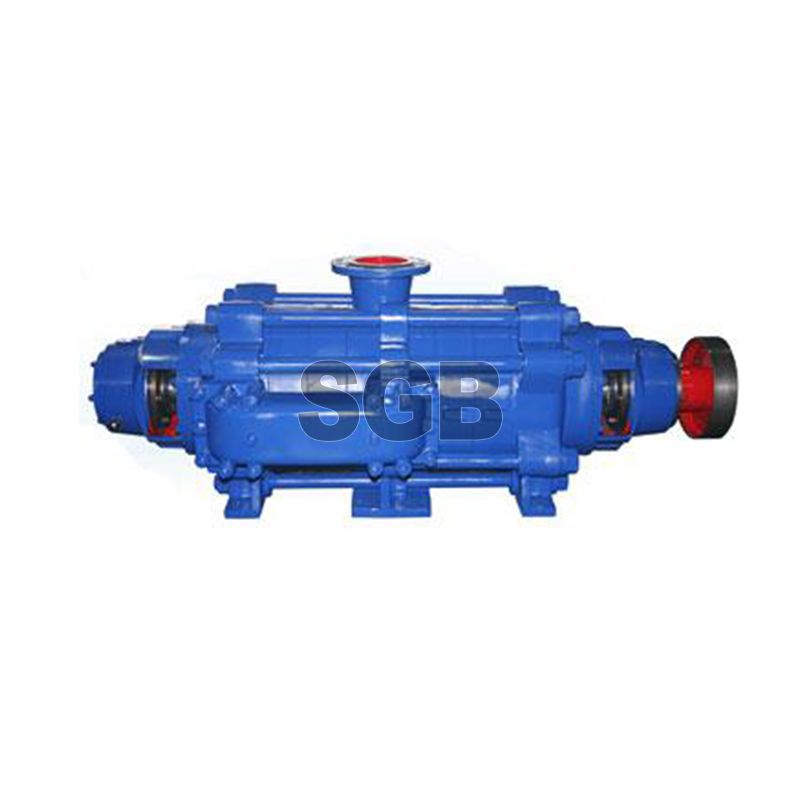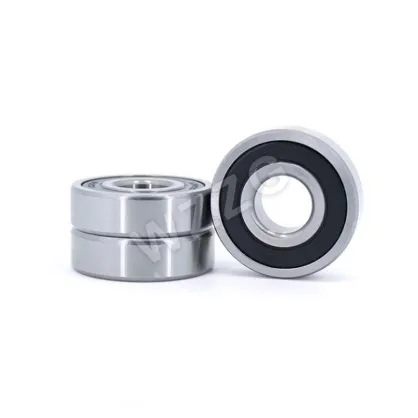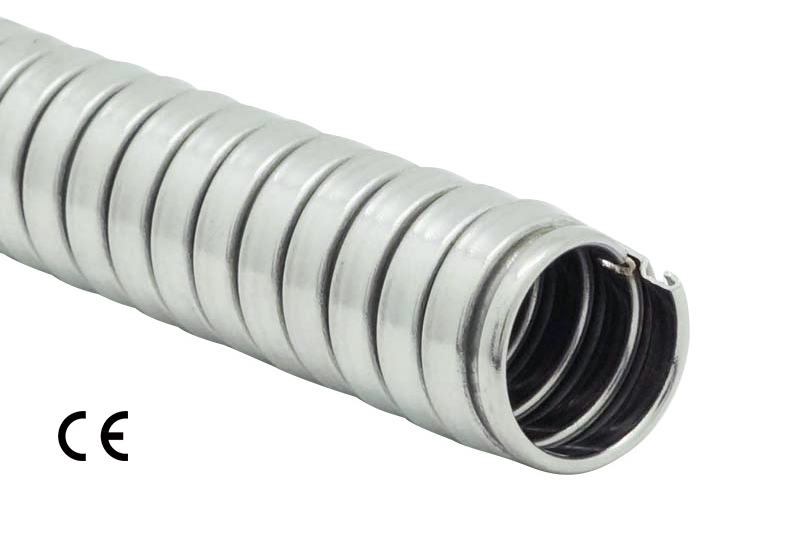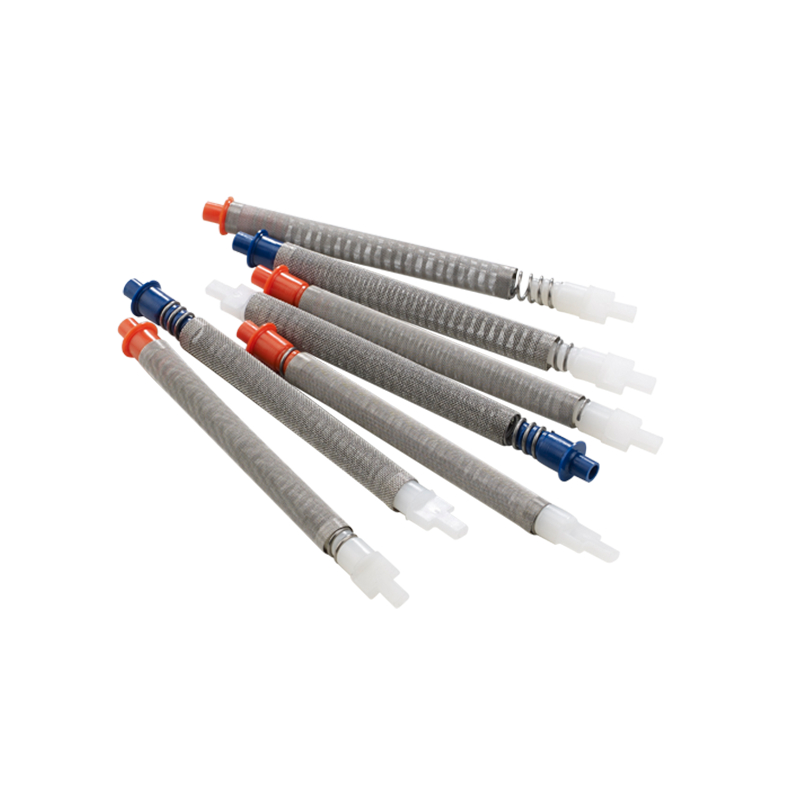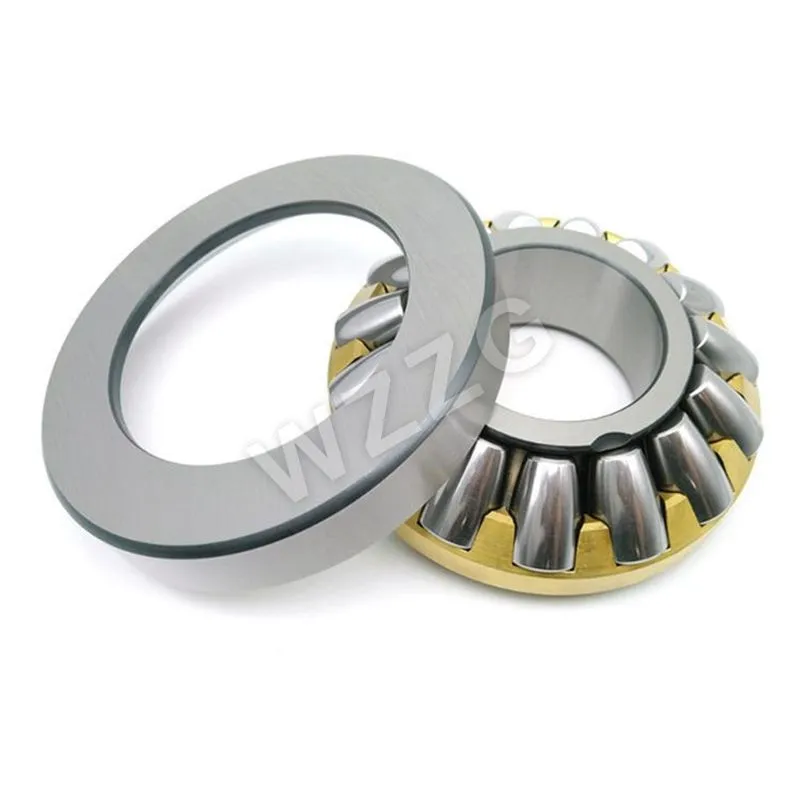What Are the Benefits of a Cardan Shaft?
Introduction
A cardan shaft, also known as a universal joint shaft or drive shaft, is an essential component in various mechanical systems. It plays a crucial role in transmitting torque and rotational motion between non-aligned shafts. Cardan shafts offer several benefits that make them widely used in automotive, industrial, and other applications. In this article, we will explore the advantages of a cardan shaft in detail and understand why it is an indispensable part of many systems.
Benefits of a Cardan Shaft
Increased Flexibility and Misalignment Compensation
One of the primary benefits of a cardan shaft is its ability to accommodate misalignment between shafts. Unlike rigid shaft couplings, a cardan shaft allows for angular displacement and axial movement. This flexibility is crucial in applications where the connected shafts are not perfectly aligned or undergo dynamic changes during operation. The cardan shaft effectively compensates for misalignment, reducing stress on the system and preventing premature wear and failure.
Torque Transmission over Long Distances
Cardan shafts excel in transmitting torque over extended distances. They can bridge gaps between two shafts and maintain the rotational motion without significant power loss. This feature makes cardan shafts ideal for applications that require power transmission across large spans, such as in vehicles, industrial machinery, and marine systems. By efficiently transferring torque, they ensure smooth and reliable operation of the connected components.
Vibration Damping and Noise Reduction
The design of a cardan shaft incorporates multiple universal joints and intermediate support bearings. This arrangement helps in dampening vibrations and reducing noise levels generated during operation. As the rotational forces pass through the cardan shaft, the universal joints and bearings absorb and distribute the vibrations, preventing them from propagating to the rest of the system. The result is a smoother and quieter operation, contributing to improved performance and enhanced user experience.
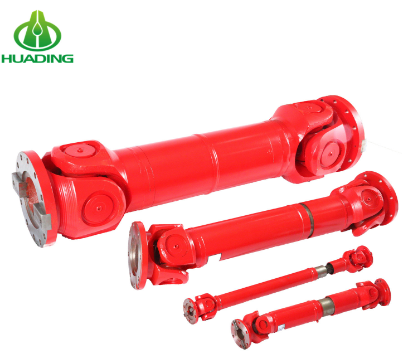
Versatility and Adaptability
Cardan shafts offer excellent versatility and adaptability, allowing them to be used in a wide range of applications. Whether it's transmitting power in automobiles, connecting drive systems in industrial machinery, or transferring torque in agricultural equipment, cardan shafts prove to be reliable and efficient. Their ability to accommodate different angles, misalignments, and varying operating conditions makes them a preferred choice across diverse industries.
Easy Maintenance and Replacement
Maintaining and replacing a cardan shaft is relatively straightforward, making it a cost-effective solution in the long run. Since cardan shafts are modular in nature, individual components such as universal joints and support bearings can be replaced without the need to disassemble the entire shaft. This feature simplifies maintenance procedures, reduces downtime, and lowers overall maintenance costs. With proper care and periodic inspection, a cardan shaft can provide reliable performance over an extended lifespan.
Enhanced Safety and Reliability
The robust design and construction of cardan shafts contribute to enhanced safety and reliability. They are engineered to withstand high torque loads, extreme temperatures, and harsh operating conditions. Additionally, the flexibility and misalignment compensation capabilities of cardan shafts prevent excessive stress on connected components, reducing the risk of premature failures. This reliability ensures the smooth operation of the system and minimizes the chances of accidents or unexpected downtime.
Additional reading:Roller Bearings: Enhancing Efficiency and Performance in Mechanical Systems
Vibrant and Resilient: The Allure of Color Coated Corrugated Steel Plates
What is the investment casting process?
Investment Casting vs. Die Casting: Which Is Right for Your Application
What are the types and applications of roller bearings?
How does a Photocatalyst Filter work in air purifiers?
How does a submersible slurry pump work?
Frequently Asked Questions (FAQs)
Q: What materials are used in manufacturing cardan shafts?
A: Cardan shafts are typically made from high-quality alloy steels such as chromium-nickel-molybdenum steel or nickel-chromium-molybdenum steel. These materials provide excellent strength, durability, and resistance to wear and fatigue.
Q: Are cardan shafts suitable for high-speed applications?
A: Yes, cardan shafts can be used in high-speed applications. However, it is essential to consider factors such as balance, alignment, and critical speed to ensure safe and reliable operation at high rotational speeds.
Q: Can cardan shafts transmit torque at different angles?
A: Yes, cardan shafts are designed to transmit torque at different angles, including acute and obtuse angles. The flexibility of the universal joints allows for angular displacement, enabling torque transmission even when the connected shafts are not perfectly aligned.
Q: How often should a cardan shaft be lubricated?
A: Regular lubrication is essential to maintain the optimal performance of a cardan shaft. The lubrication frequency depends on factors such as the operating conditions, speed, and load. It is recommended to follow the manufacturer's guidelines for lubrication intervals and use high-quality lubricants suitable for the specific application.
Q: Can cardan shafts be customized for specific applications?
A: Yes, cardan shafts can be customized to meet the requirements of specific applications. Factors such as length, diameter, operating conditions, and torque capacity can be considered during the design and manufacturing process to ensure an optimal solution for the intended application.
Q: What are the alternative solutions to a cardan shaft?
A: Some alternative solutions to cardan shafts include gear couplings, chain couplings, and flexible couplings. The choice of the coupling depends on factors such as the required torque capacity, misalignment compensation, and operating conditions.
Conclusion
In conclusion, the benefits of a cardan shaft are significant and make it an indispensable component in various mechanical systems. From its ability to accommodate misalignment and transmit torque over long distances to its vibration damping properties and ease of maintenance, the cardan shaft offers a range of advantages. Its versatility, adaptability, and enhanced safety and reliability further contribute to its widespread use across industries. By understanding the benefits of a cardan shaft, engineers and designers can make informed decisions when selecting power transmission solutions for their applications.
Which industries benefit the most from Precision Investment Casting technology?
The Most Common Types of Hydraulic Valves
What are the main applications of Belleville disc springs?
Factors to Consider When Choosing a Triplex Mud Pump
Benefits of Using a Pallet Inverter in Warehouses
Why is Desulphurization Pump the Unsung Hero of Clean Air?
Frequently Asked Questions about Centrifugal Pumps





